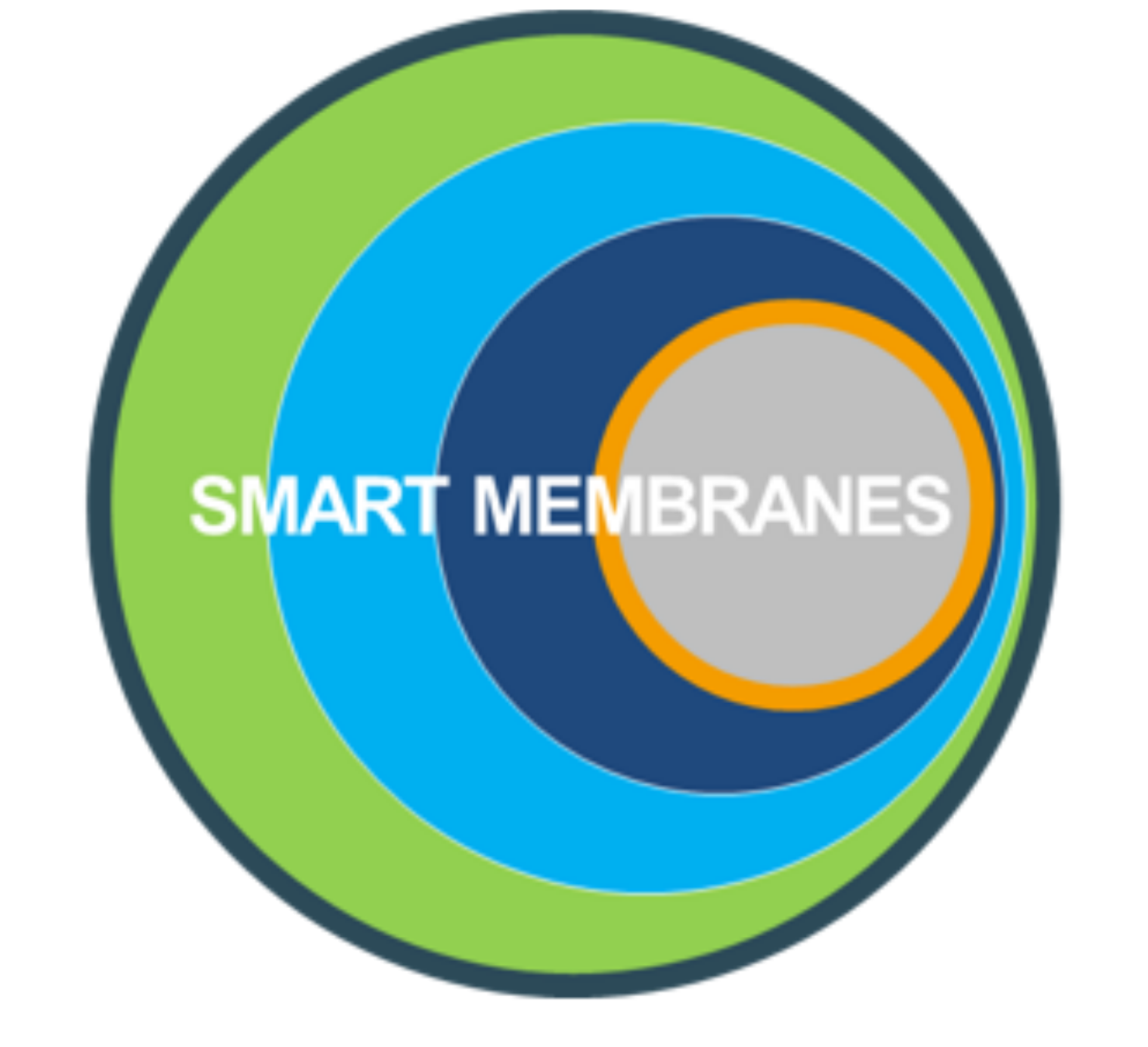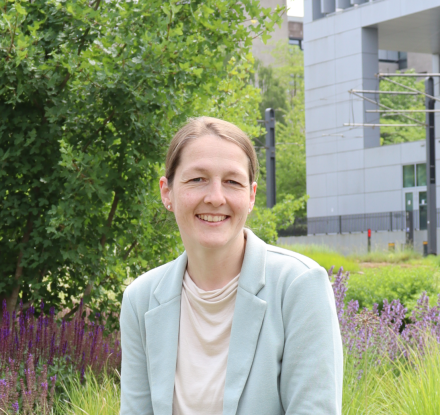EXIST-CeraSleeve
CeraSleeve® is a startup project in the field of Circular Economy, which is funded by the German Federal Ministry of Economic Affairs and Climate Action (BMWK) as part of the EXIST research transfer funding program.
The recently patented circular material innovation, which is based on a novel coating process, enables the sustainable production of wet-strength and water-repellent papers. In contrast to conventional methods, the use of synthetic resins and plastic films is completely avoided. At the same time, the technology makes paper products such as disposable cups or sanitary paper fully recyclable for the first time. This makes a significant contribution to conserving resources and protecting the environment.
Exposé:
in German (opens in new tab)
in English (opens in new tab)
Related Publications:
M. Nau & N. Herzog, J. Schmidt, T. Meckel, A. Andrieu-Brunsen & M. Biesalski , Janus‐Type Hybrid Paper Membranes, Adv. Mater. Interf., 2019, 6, 1900892.
Nau, Herzog, Andrieu-Brunsen, Biesalski DE 102018124255.7, 2018.
C. Dubois, N. Herzog, C. Rüttiger, A. Geissler, E. Grange, U. Kunz, H.-J. Kleebe, M. Biesalski, T. Meckel, T. Gutmann, M. Gallei, A. Andrieu-Brunsen, Fluid Flow Programming in Paper-Derived Silica-Polymer Hybrids, Langmuir, 2017, 33, 332-339.
Involved team members: M. Stanzel, N. Rath, A. Coreth, T. Gaydoul
SFB 1194
Our project within the collaborative research center „Interaction between transport and wetting processes“ examines the transport of charged molecules in solution through nanometer scale pores with varying wettability. We demonstrated how gradually increasing contact angle of nanopores affects ion transport as well as fluid condensation. Upon understanding the influence of wettability on fluid and moleculear transport, we achieved gating of fluid imbibition and drop coalescence. We are furthermore interested in the effects of wettability gradients in nanopores on fluid and molecular transport.
Related Publications:
Laura Despot , Chirag Hinduja , Robert Lehn , Joanna Mikolei , Timo Richter , Kilian Köbschall , Mathias Stanzel , Rüdiger Berger , Jeanette Hussong , Marcelo Ceolín and Annette Andrieu-Brunsen, Molecular Transport and Water Condensation inside Mesopores with Wettability Step Gradients, Nanoscale Adv., 2023, 5, 6123-6134.
L. Despot, A. Andrieu-Brunsen, Effects of the Polymer Amount and pH on Proton Transport in Mesopores Adv. Mater. Interfaces, 2023, 2202456.
A. Khalil, P. Rostami, G.K. Auernhammer, A. Andrieu-Brunsen, Mesoporous Coatings with Simultaneous Light-Triggered Transition of Water Imbibition and Droplet Coalescence, Adv. Mater. Interfaces, 2021, 8, 2100252.
A. Khalil, F. Schäfer, N. Postulka, M. Stanzel, M. Biesalski, A. Andrieu-Brunsen, Wettability-defined droplet imbibition in ceramic mesopores, Nanoscale, 2020, 12, 24228.
A. Khalil, M. Zimmermann, A. K. Bell, U. Kunz, S. Hardt, H.-J. Kleebe, R. W. Stark, P. Stephan, A. Andrieu-Brunsen, Insights into the interplay of wetting and transport in mesoporous silica films, J. Colloid Interf. Sci., 2020, 560, 369-378.
L. Silies, E. Gonzalez Solveyra, I. Szleifer, A. Andrieu-Brunsen, Insights into the Role of Counterions on Polyelectrolyte-modified Nanopore Accessibility, Langmuir, 2018, 34, 20, 5943.
Involved team members: L. Balonier, L. Despot, A. Khalil
Funding: SFB

DFG Project
3D Local Near-Field Mode Initiated Polymerisation
We are exploring the potential of near field modes to localize polymer functionalization in three dimensions at the nanoscale. Due to the wavelength region of these near field modes such as surface plasmons this needs visible light (> 470 nm) induced polymerizations.
We investigate visible light induced polymerisations, such as dye-sensitized polymerization, iniferter induced polymerization, SI-PET-RAFT in this context.
Related Publications:
D. John, M. Stanzel, A. Andrieu-Brunsen, Surface Plasmons and Visible Light Iniferter Initiated Polymerization for Nanolocal Functionalization of Mesoporous Separation Layers, Adv. Funct. Mater., 2021, 31,2009732.
D. John, R. Mohammadi, N. Vogel, A. Andrieu-Brunsen, Surface plasmon and green light induced polymerization in mesoporous thin silica films, Langmuir, 2020, 36, 7, 1671-1679.
N. Herzog, J. Kind, C. Hess, A. Andrieu-Brunsen, Surface Plasmons & Visible Light For Polymer Functionalization of Mespores and Manipulation of Ionic Permselectivity, Chem. Commun., 2015, 51, 11697.
Involved team members: T. Hoffmenn, M. Kirsch, D. John
Funding: DFG

DFG Project
Nanopräzise und multifunktionale Porenfunktionalisierung durch Benetzungssteuerung
Especially in the context of sensing, monitoring and the design of selective or coupled transport phenomena, multifunctional nanopores will be needed.
We used interface effects such as wetting and the combination of orthogonal functionalization strategies and block-co-oligomer formation to place multiple functions into individual nanopores. Furthermore, we developed these strategies towards sensing concepts.
Related Publication:
Laura Czerwenka and Annette Andrieu-Brunsen, Self-Driven Fluid Imbibition of Salt Solutions into Mesoporous Films, Langmuir, 2025.
M. Ochs, R. Mohammadi, N. Vogel, A. Andrieu-Brunsen, Wetting-controlled localized placement of surface functionalities within nanopores, Small, 2020, 16, 1906463.
R. Mohammadi, M. Ochs, A. Andrieu-Brunsen, N. Vogel, Effect of Asymmetry on Plasmon Hybridaization and Sensing Capacities of Hole-Disk Arrays, J. Phys. Chem. C, 2019, 124, 4, 2609-2618.
Involved team members: L. Czerwenka, M. Ochs
Collaboration Prof. Vogel FAU Erlangen
Funding: DFG

DFG Project
Nanoporen als kommunizierende Reaktionsräume in Silica-Hybrid-Baumwollfädennetzwerken und Papieren
Communicating reaction spaces are a prerequisite for the construction of complex systems. They are discussed in the context of so-called “life-like materials” but also for technological applications in sensor technology, e.g. for signal amplification.
The necessary compartments are predominantly constructed from biological cells, polymersomes or similar components. One disadvantage is that in these “materials” the arrangement of pore spaces depends on the assembly processes. Another drawback is that transport between such pore spaces is based on diffusion and can be difficult to design in an adjustable manner. Here, functionalized papers or cotton threads with adjustable pore spaces and controllable fluid distributions offer new possibilities, for example by using their capillarity driven fluid flow. By combining enzymatic enzyme reaction with the described cotton threads and paper, fundamental questions about the control of complex reactions in cotton threads and paper networks become accessible.
Collaboration Nico Bruns, Markus Biesalski, Prof. Schabel TU Darmstadt
Involved team members: N. Jha
Funding: DFG

DFG Project
Understanding and predicting nanopore transport by polymer chain composition design for ionic circuits
The proposed project aims to generate optimized nanopore design strategies for technological nanopore-based ionic circuits in future autonomous sensing.
To achieve this goal, the project will interdigitate new experimental nanopore functionalization strategies in collaboration with the latest developments in molecular theory on transport through polymer functionalized nanopores to resolve, understand, predict, and experimentally control all relevant processes and their interplay within a nanopore including polymer conformational changes, charge distribution, charge regulation, polarity, and ligand binding as well as ion distribution within a nanopore. The insights gained from a strong coupling of nanopore functionalization and molecular modeling will enable us to define design criteria for selective, directed transport with concentration-time profile control, an essential tool for technological nanopore-based ionic circuits.
Collaboration Prof. Igal Szleifer, Northwestern University, US
Involved team members: M. Zoppelt
Funding: DFG

DFG FOR 5584: Transient Sieves
Transient sieves constitute a novel technological concept to separate species dissolved or suspended in a liquid. Until now, separation processes have largely been based on size exclusion: It depends on whether a component is small enough to pass through a pore or not. In this collaborative project, we are investigating separation by temporal exclusion, i.e. the permeability of a sieve or pore as a function of time. Specifically we investigate electrically conductive mesopores. The aim is to equip sieves with novel and useful properties, e.g. increased selectivity or lower energy consumption.
Collaboration: Transieves
Involved team member: P. Weslie
Funding: DFG

FIF / FAUDI Project
Nanoporous membranes for selective removal of micro pollutants from water
Nanoporous hybrid membranes with functional separation layers represent a promising new development for increasing membrane selectivity of certain substances (Andrieu-Brunsen et al. 2015).
By adapting the functionalization of the interface layers (charge state, hydrophilicity), e.g. by pH-dependent zwitterionic polymers, permeation into membrane pores can be prevented or accelerated. This is highly important for sustainable water management in the context of future smart industry concepts. However, the functionality and resistance of such interface layers under application-related test conditions with regard to pressure, pH value, crossflow, permeability and presence of other constituents still remain unknown. Interdisciplinary cooperation of “Smart Membranes” and “Wastewater Technology” will explore basics of preparing functionalized nanoporous separation layers on macroporous substrates and their behavior during crossflow filtration of micropollutant solutions and wastewater. Permeability and selectivity will be optimized by repetitive iteration and benchmarked against a commercially available polymeric NF membrane.
Collaboration Prof. Engelhart TU Darmstadt
Involved team members: M. Stanzel, S. Puthenpurackal
Funding: FAUDI Stiftung
Former Funding: Forum interdisziplinäreForschung – fif
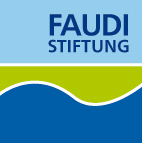
Innovative Training Networks (ITN) (finished)
The ITN project ‘STIMULUS’ focuses on better diagnostic strategies, novel materials and more targeted drug control in the treatment of inflammatory wound infections.
Involved team members: M. Bagherabadi
Funding: EU-Förderprogramm Marie-Skłodowska-Curie
Links: STIMULUS
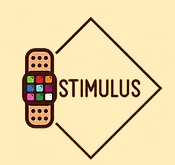
ERC StG “3D-FNP Writing” (finished)
3D-FNP Writing will reduce the performance gap between natural and technological membranes based on significantly increased 3D nanolocal control on nanopore structure and asymmetric nanoscale functionalization as well as on membrane architecture and composition.
Key to this advanced membrane design is the nanolocal asymmetric functional and hierarchical structural control in nanopores and their membranes. This will be achieved by implementing a technology platform based on 3D printing and high resolution microscopy initiated functional polymer writing. With this disruptive technology platform 3D-FNP Writing will provide groundbreaking, to date unachieved, selective, directed transport with tuneable rates in artificial nanoporous membranes. This will allow to experimentally correlate nanolocal structure and functional placement with transport and will open new perspectives in membrane performance supporting water and energy management for future smart industry/ homes.
Involved team members: S. Paech, C. Förster, L. Zhao, D. Spiehl, R. Lehn, M. Kremer, D. Richter
Funding: ERC
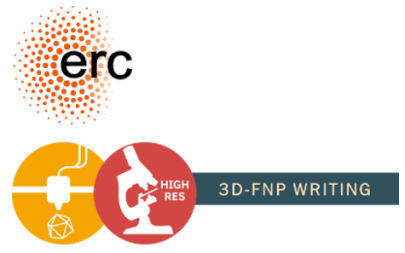
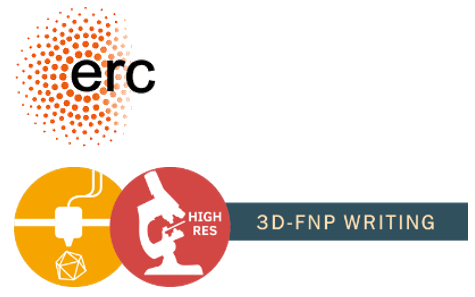
LOEWE -iNAPO (finished)
In this context “pH” is an important parameter to control the charge within spatial confinement and thus to control pore accessibility. Thereby, spatial confinement influences “pH” in pores.
Here, we are interested in understanding the effect of spatial confinement on pore charge and “pH” in confined space by using pH-sensing dyes, fluorescence spectroscopy and in collaboration single molecule fluorescence.
Related Publications:
R. Brilmayer, C. Förster, L. Zhao, A. Andrieu-Brunsen, Recent trends in nanopore polymer functionalization, Current Opinion in Biotech, 2020, 63, 200-209.
M. H. Tran, R. Brilmayer, L. Liu, H. L. Zhuang, C. Hess, A. Andrieu-Brunsen, C. S. Birkel, Synthesis of a smart hybrede MXene with switchable conductivity for temperature sensing, ACS Appl. Nano. Mater., 2020, 3, 5, 4069-4076.
Frontispiece
R. Brilmayer, S. Kuebelbeck, A. Khalil, M. Brodrecht, U. Kunz, H.-J. Kleebe, G. Buntkowsky, G. Bayer, A. Andrieu-Brunsen, Influence of nanoconfinement on the pKa of polyelectrolyte functionalized silica mesopores, Adv. Mat. Interf., 2020, 1901914.
M. Stanzel, R. Brilmayer, M. Langhans, T. Meckel, A. Andrieu-Brunsen, FRET-based pH-sensing in mesoporous thin films with tunable detection range, Microporous and Mesoporous Materials, 2019, 282, 29-37.
Formerly involved team members: R. Brilmayer
Funding: iNAPO
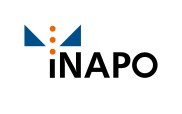
DFG Project (finished)
Selektiv adressierbare Grenzflächen in Papier
The proposed project aims to specifically design especially nanopores in paper. Their influence on paper properties such as capillary fluid- and molecular transport will be systematically understood and controlled.
In this context the proposed project will I) correlate the cellulose fiber characteristics (morphology, length, fiber wall thickness, …) to mesopore formation using sol-gel chemistry, II) prepare paper from pre-functionalized cellulose fibers with defined mesopore structure and functionalization and evaluate them with respect to mechanical stability and their application potential in dependence of functionalization, fiber composition and distribution and medium term with respect to fiber type.
Related Publication:
J. J. Mikolei, M. Stanzel, R. Pardehkorram, R. Lehn, M. Ceolin,and A. Andrieu-Brunsen, Fluid Flow Control in Cotton Threads with Mesoporous Silica Coatings, Advanced Material Interfaces, 2023, 2300211.
J. J. Mikolei, D. Richter, R. Pardehkhorram, C. Helbrecht, S. Schabel,T. Meckel, M. Biesalski, M. Ceolind and A. Andrieu-Brunsen, Nanoscale pores introduced into paper via mesoporous silica coatings using sol–gel chemistry, Nanoscale, 2023, 15, 90949105.
J. Mikolei, L. Neuenfeld, S. Paech, M. Langhans, M. Biesalski, T. Meckel, A. Andrieu-Brunsen, Mechanistic Understanding and Three-Dimensional Tuning of Fluid Imbibition in Silica-Coated Cotton Linter Paper Sheets, Advanced Material Interfaces, 2022, 2200064.
M. Nau & N. Herzog, J. Schmidt, T. Meckel, A. Andrieu-Brunsen & M. Biesalski , Janus‐Type Hybrid Paper Membranes, Adv. Mater. Interf., 2019, 6, 1900892.
Patent: Nau, Herzog, Andrieu-Brunsen, Biesalski DE 102018124255.7, 2018
C. Dubois, N. Herzog, C. Rüttiger, A. Geissler, E. Grange, U. Kunz, H.-J. Kleebe, M. Biesalski, T. Meckel, T. Gutmann, M. Gallei, A. Andrieu-Brunsen, Fluid Flow Programming in Paper-Derived Silica-Polymer Hybrids, Langmuir, 2017, 33, 332-339.
Involved team member: N. Herzog, J. Mikolei
Collaboration with PAK-962
Funding: DFG


